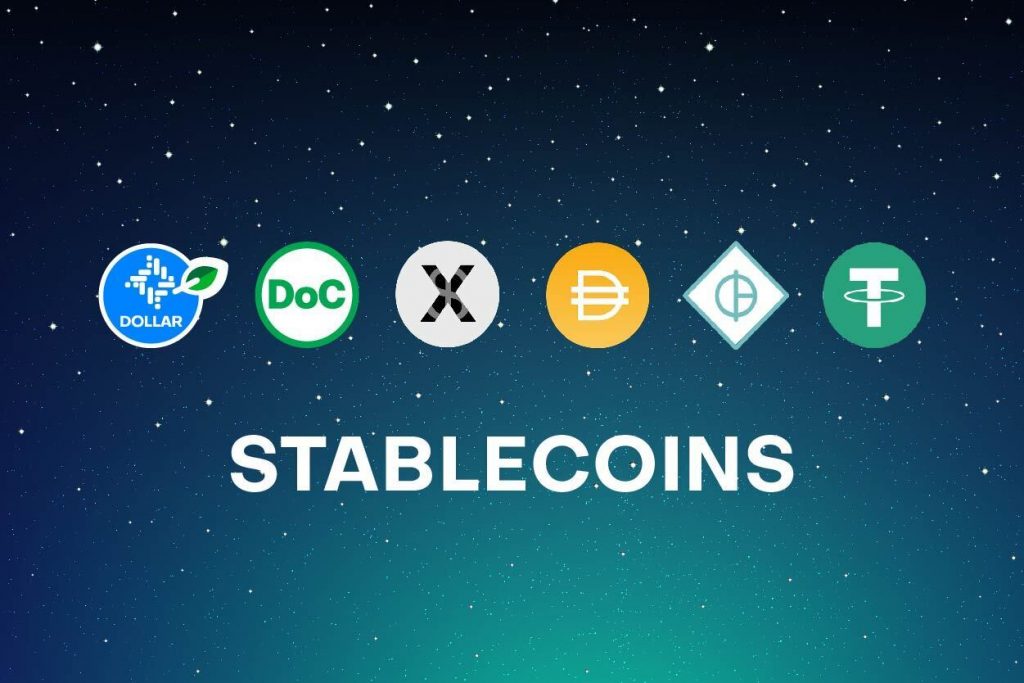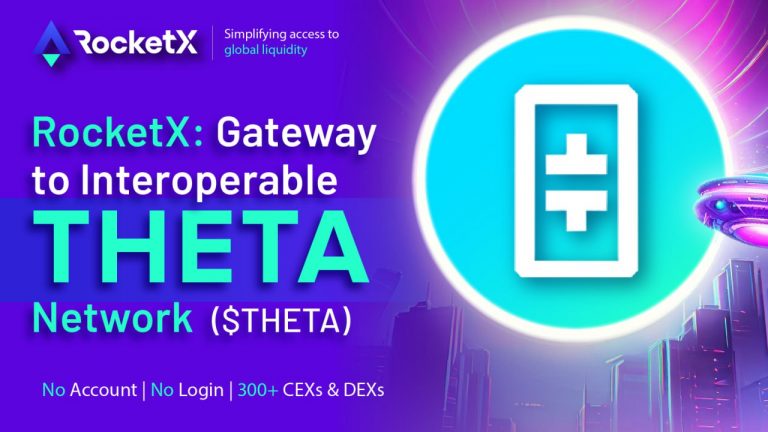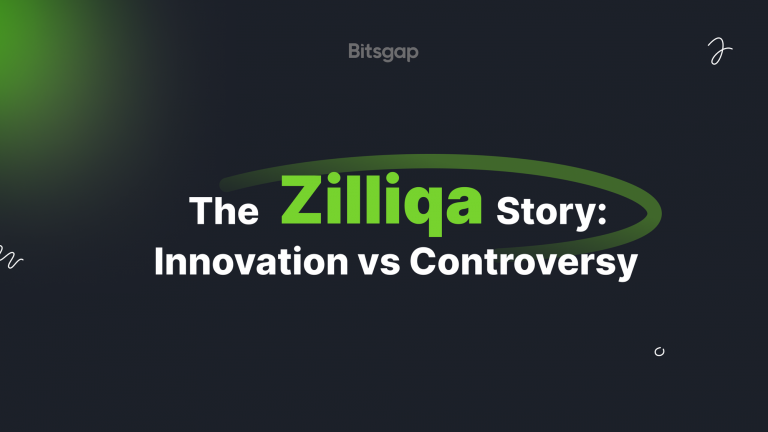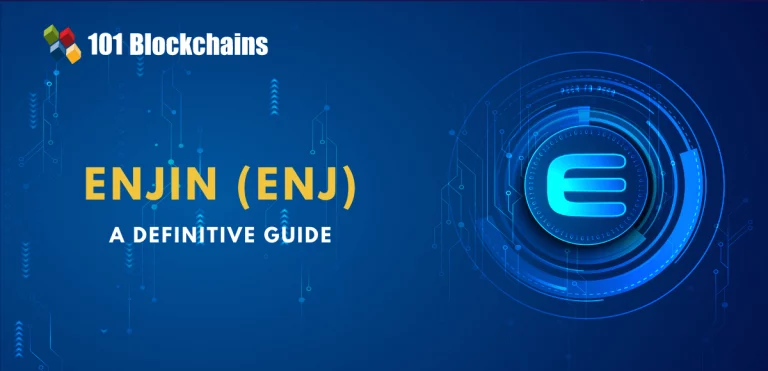
Stablecoins A Bridge Between Cryptocurrencies and Traditional Finance
Stablecoins, a type of cryptocurrency pegged to a stable asset like the US dollar or gold, have emerged as a crucial component of the decentralized finance (DeFi) ecosystem. By offering price stability and reducing volatility, stablecoins bridge the gap between traditional finance and the cryptocurrency market, enabling a wider range of financial applications.
Understanding Stablecoins
Stablecoins are designed to maintain a stable value relative to a specific asset. This stability is achieved through various mechanisms, including:
- Collateralization: Some stablecoins are backed by a reserve of real-world assets, such as US dollars or gold. This collateral ensures that the stablecoin’s value remains pegged to the underlying asset.
- Algorithmic Mechanisms: Other stablecoins use algorithmic mechanisms to maintain their peg. These algorithms adjust the supply of the stablecoin to ensure that its value remains stable.
Popular Stablecoins
Several stablecoins have gained significant popularity in the cryptocurrency market, including:
- Tether (USDT): One of the most widely used stablecoins, USDT is pegged to the US dollar.
- USD Coin (USDC): Another popular stablecoin pegged to the US dollar, USDC is backed by a reserve of US dollars.
- Dai (DAI): A decentralized stablecoin issued by MakerDAO, DAI is backed by a basket of cryptocurrencies.
- TrueUSD (TUSD): A stablecoin pegged to the US dollar, TUSD is backed by a reserve of US dollars.
The Benefits of Stablecoins
Stablecoins offer several benefits to users and the broader cryptocurrency market:
- Price Stability: Stablecoins provide a hedge against the volatility of other cryptocurrencies, making them a valuable asset for investors seeking to reduce risk.
- Facilitating Transactions: Stablecoins can be used to facilitate transactions between different cryptocurrencies, making it easier to trade and invest in the digital asset market.
- Integration with Traditional Finance: Stablecoins can bridge the gap between traditional finance and the cryptocurrency market, enabling the integration of decentralized applications with traditional financial systems.
- Decentralization: Many stablecoins are decentralized, which means they are not controlled by a single entity. This can enhance security and reduce the risk of censorship.
The Challenges of Stablecoins
While stablecoins offer numerous benefits, they also face some challenges:
- Centralization: Some stablecoins, particularly those backed by fiat currencies, are centralized, which can raise concerns about trust and control.
- Regulatory Risks: The regulatory landscape for stablecoins is evolving, and there is uncertainty about how they will be regulated in the future.
- Market Manipulation: There have been concerns about the potential for market manipulation with stablecoins, especially those that are not fully collateralized.
The Future of Stablecoins
The future of stablecoins looks promising, as they continue to play a crucial role in the development of decentralized finance. As the cryptocurrency market matures and regulatory frameworks become more established, stablecoins are likely to become even more widely adopted and integrated into traditional financial systems.
In conclusion, stablecoins are a valuable asset class that offers a bridge between the traditional financial system and the cryptocurrency market. Their ability to provide price stability, facilitate transactions, and reduce risk make them an essential component of the DeFi ecosystem. As the demand for decentralized financial services continues to grow, stablecoins are likely to play an increasingly important role in shaping the future of finance.



